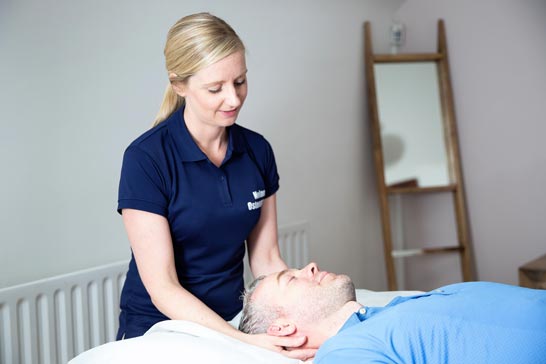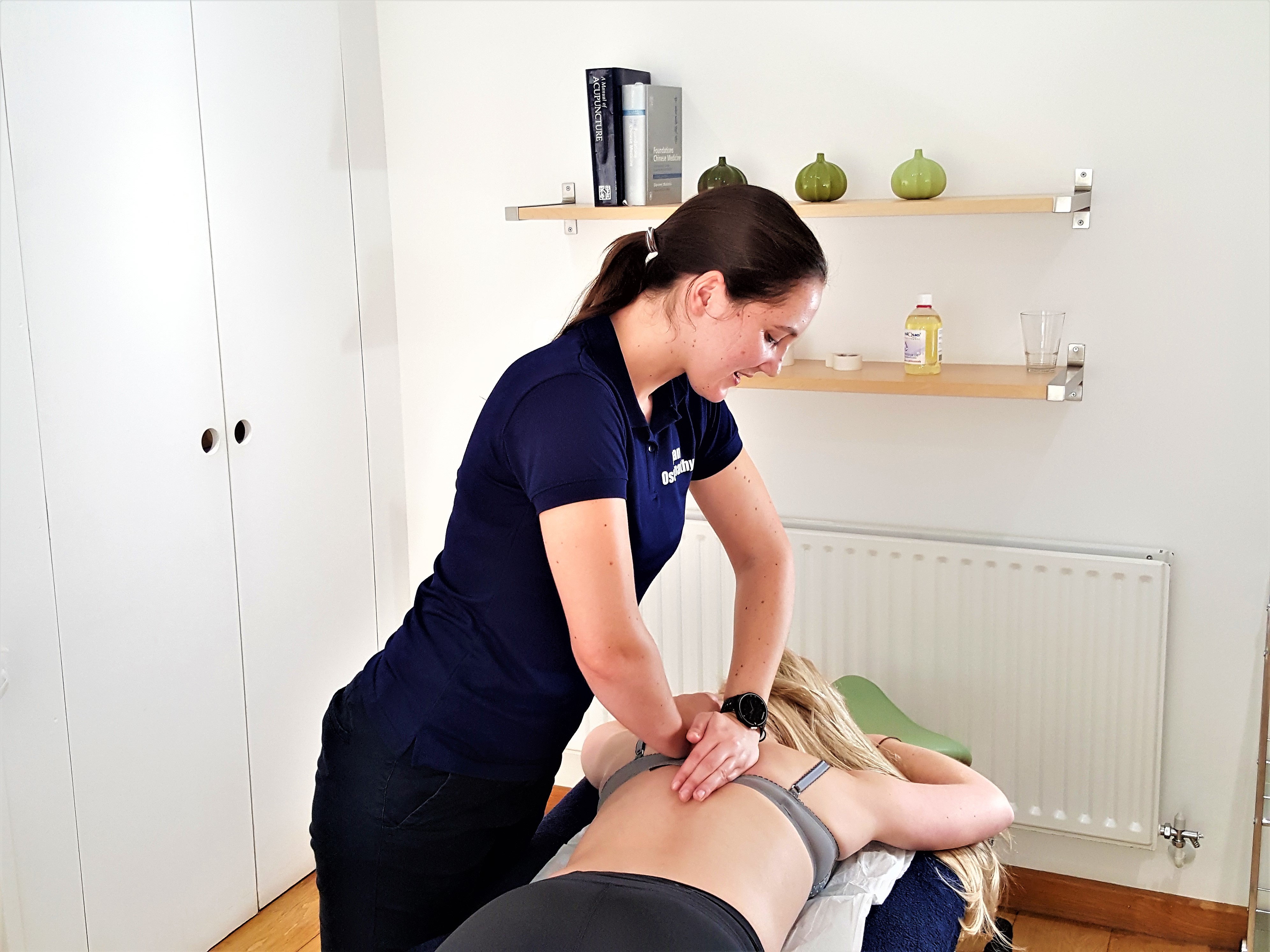Struggling with Back, Neck or Shoulder Pain? These Tips Will Help You Sleep Better
June 1, 2018
Maria Nolan

Millions of people around the globe struggle to get a good night’s sleep and neck, shoulder or back pain is often a key contributor to the problem. Sleeping repeatedly in the same position night after night can in itself cause the pain in the first place.
Various studies in the UK suggest that the most common sleeping position is on the side, with around 60% of adults starting the night in that position. Around a quarter of all adults sleep on their back, while the remaining 15% sleep on their stomach. Moving around during the night is common, with sleep studies finding that adults may change their position between 3 and 36 times a night, with the average person switching about a dozen times. The tendency to shift in one’s sleep decreases with age.
While there is no one right way to sleep, there are some sleep positions that we recommend to people who suffer with certain types of pain and medical conditions. Any sleep position will have pros and cons. For example, sleeping on your back can be helpful for lower back pain, but it can aggravate digestive problems and can worsen snoring. Sleeping on your stomach isn’t encouraged as it can constrain your neck, put pressure on the lower back and shorten your calf and hamstrings muscles as you point your toes.
The optimal sleeping position will ensure that the muscles do not shorten or stretch during the night and also ensure that joints are not overly compressed. With this in mind, here are some tips relating to certain conditions;
Neck Pain
- Sleep on your side or your back and try to avoid sleeping on your stomach, as turning your neck in this position will compress the neck joint.
- Use a pillow(s) that is thick enough to fill the space between your neck and your shoulder, keeping your spine in a straight line.
- It’s very important that the pillow is positioned above the shoulder to ensure you don’t become hunched.
- A good tip is to put a rolled towel in the pillow to further support the neck if needs be.
Shoulder Pain
- It may sound obvious, but try to avoid sleeping on the side with the painful shoulder. Sleep on your back with a small pillow to support the bad shoulder.
- Alternatively, sleep on your other side and hug a pillow.
- It’s so important to ensure that the neck is adequately supported to take the pressure off the shoulder. If the neck is not supported, the nerves that run from the neck to the arm can get compressed, and this can result in numbness or tingling, usually with the compression of a nerve from the sleeping position.
Back Pain
- The general consensus for many back problems is that sleeping on your back is the most comfortable. Keep a neutral position, with your spine aligned as if standing straight.
- Make sure your mattress is hard enough to stop you sinking into it. Very often, placing a pillow under your knees when sleeping on your back is helpful, as it will keep your legs raised and ease the pressure on your spine.
- Adopting a foetal position and placing a pillow between your knees can also help ease pain for many patients.
We hope you find these little tips useful and informative. As always, if you have any questions about the above or the conditions we treat, please do not hesitate to get in touch.





